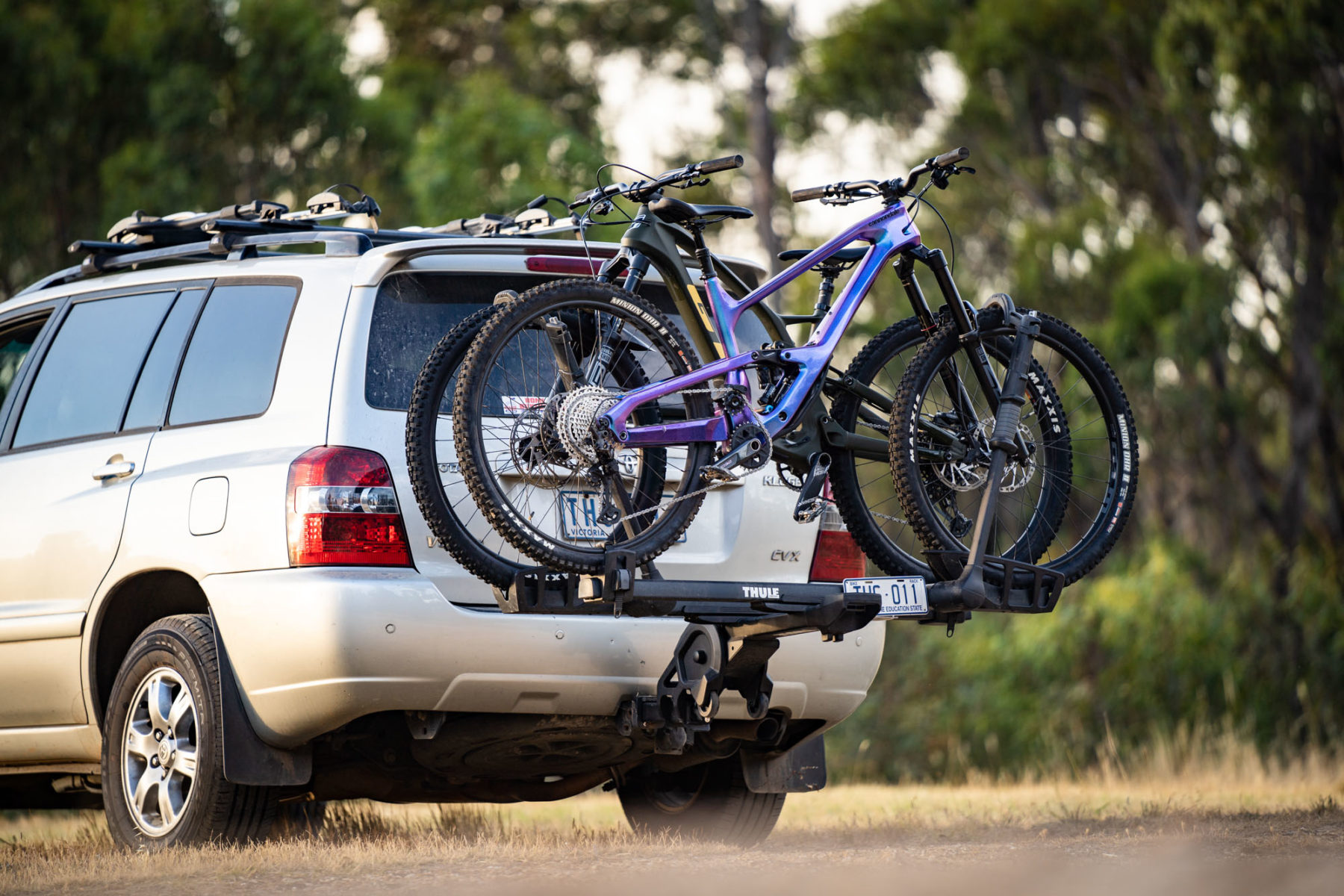Forget the Year Of The Tiger, because as far as the bike industry is concerned, 2022 is officially the Year Of The High Pivot. A frenzied release of new models featuring high pivot suspension designs have poured into the market, with marketing departments and loyal disciples claiming those bikes to be the second coming of Christ. But is it really that big of a deal? And, err, haven’t we seen all this before?
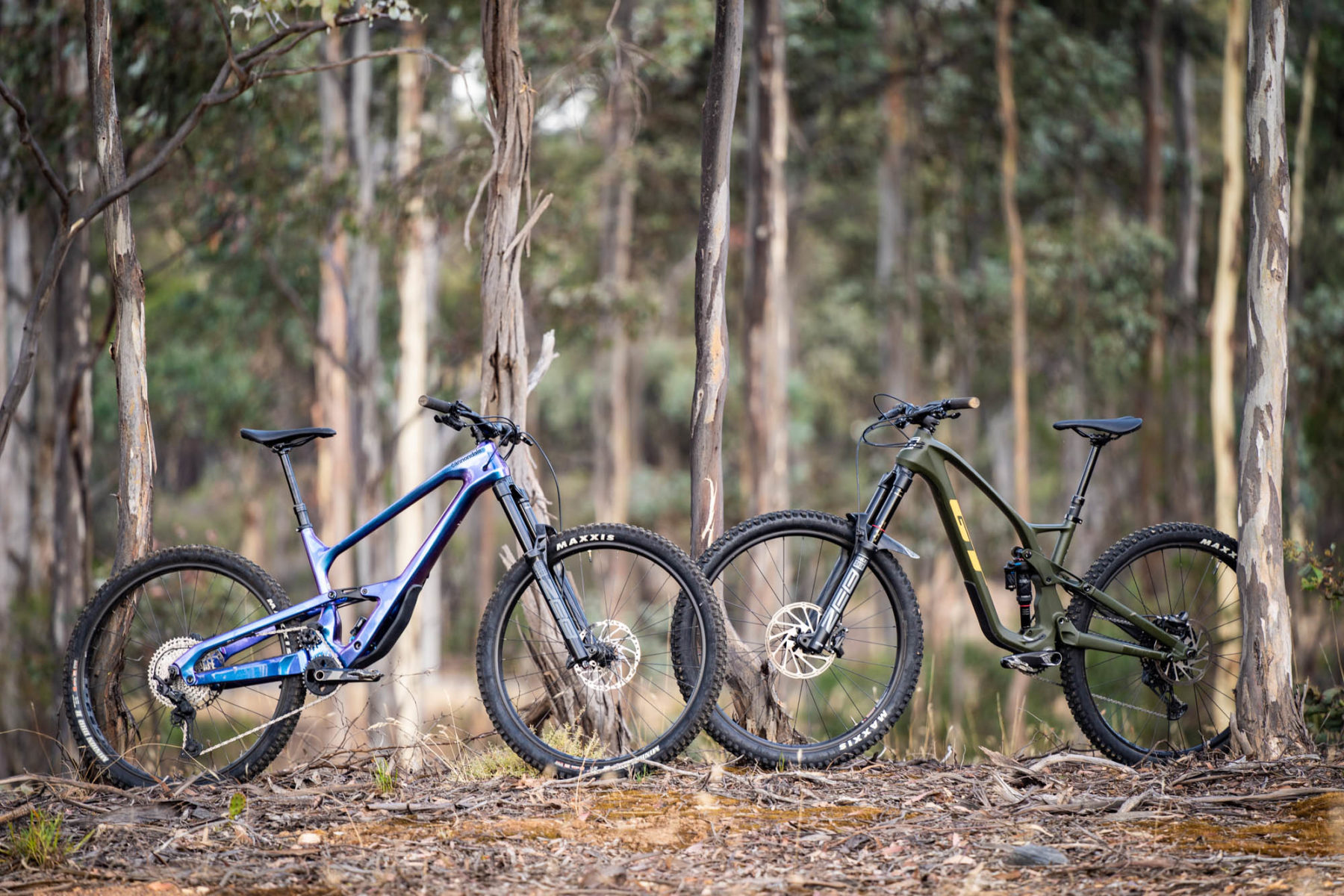
A brief history of the high pivot
Before we dive into the bikes of today, it’s worth acknowledging that high pivot suspension is nothing new. It’s held a prominent place in downhill racing history thanks to the likes of the Trek Diesel and the Orange 222, and of course who could forget the Kiwi-manufactured Lahar with its utterly distinctive carbon frame and hub-derived gearbox? Rewind a little further to the time of the Klein Mantra – a bike that used a URT (Unified Rear Triangle) suspension design with the highest of high pivots.
Suspension design has refined just a tad since then, with many of the whackier interpretations having mercifully been put to bed a long time ago. But following a period of dormancy, the general high pivot concept has since returned to the market, most notably in its spectacular success during the 2018 World Cup season thanks to Amaury Pierron and his Commencal Supreme. That bike was soon followed by the Norco Aurum HSP, the GT Fury and Trek Session. Intense is also prototyping a high pivot downhill race bike, and you’ll have no doubt seen Neko Mulally’s new project, where he’s built both a low-pivot and a high-pivot bike that he’ll be racing at World Cups throughout the year.

It isn’t just in downhill racing where high pivots have made a comeback though. The Forbidden Druid brought the concept to a 130mm travel trail bike platform, and Deviate utilises a high pivot design for its 140-150mm travel Highlander.
Those are pretty niche bikes from much smaller brands though. Really it was when the Norco Range, GT Force and Cannondale Jekyll arrived that riders (and competitors) started to realise that this high pivot thing might be more than just a fad.
Indeed the pitch for these high pivot bikes is compelling. Thanks to the more rearward axle path, they’re claimed to gobble up square-edge hits like I went through Tim Tams during lockdown, while the addition of an idler is purported to eliminate pedal kickback for a magic carpet ride through the rough. Given both the male and female Aussie national champions were both on high pivot bikes during their wins at Maydena, there has to be at least some validity to those claims right?

Still, the skeptics out there may be wondering if this is all just part of the marketing hype machine. Is the modern interpretation of the high pivot design just another phase of the bike industry’s fashion cycle? Or is it a genuine step in evolution?
To paint more of a picture behind the concept, we got in touch with the boffins at GT and Cannondale to see why they jumped on the high pivot bandwagon, what advantages and disadvantages the design presents, and what might be in store for the future.
What is a high pivot bike?
First off though, what exactly defines a high pivot bike?
Scott Vogelmann, a senior mountain bike product manager at Cannondale, reckons it’s pretty straightforward. “A high pivot bike is a bike where the main pivot is located above the chainring”, explains Vogelmann. So far, so normal.
By placing the main pivot above the chainring, the rear axle is able to move backwards as the suspension goes through its travel. How far the axle moves back (and at what point it starts to travel vertically and/or forwards) comes down to pivot placement. Generally speaking, the higher the pivot, the more rearwards the trajectory of the wheel. The goal here is to improve square-edge compliance and the rider’s ability to maintain momentum on rough trails.
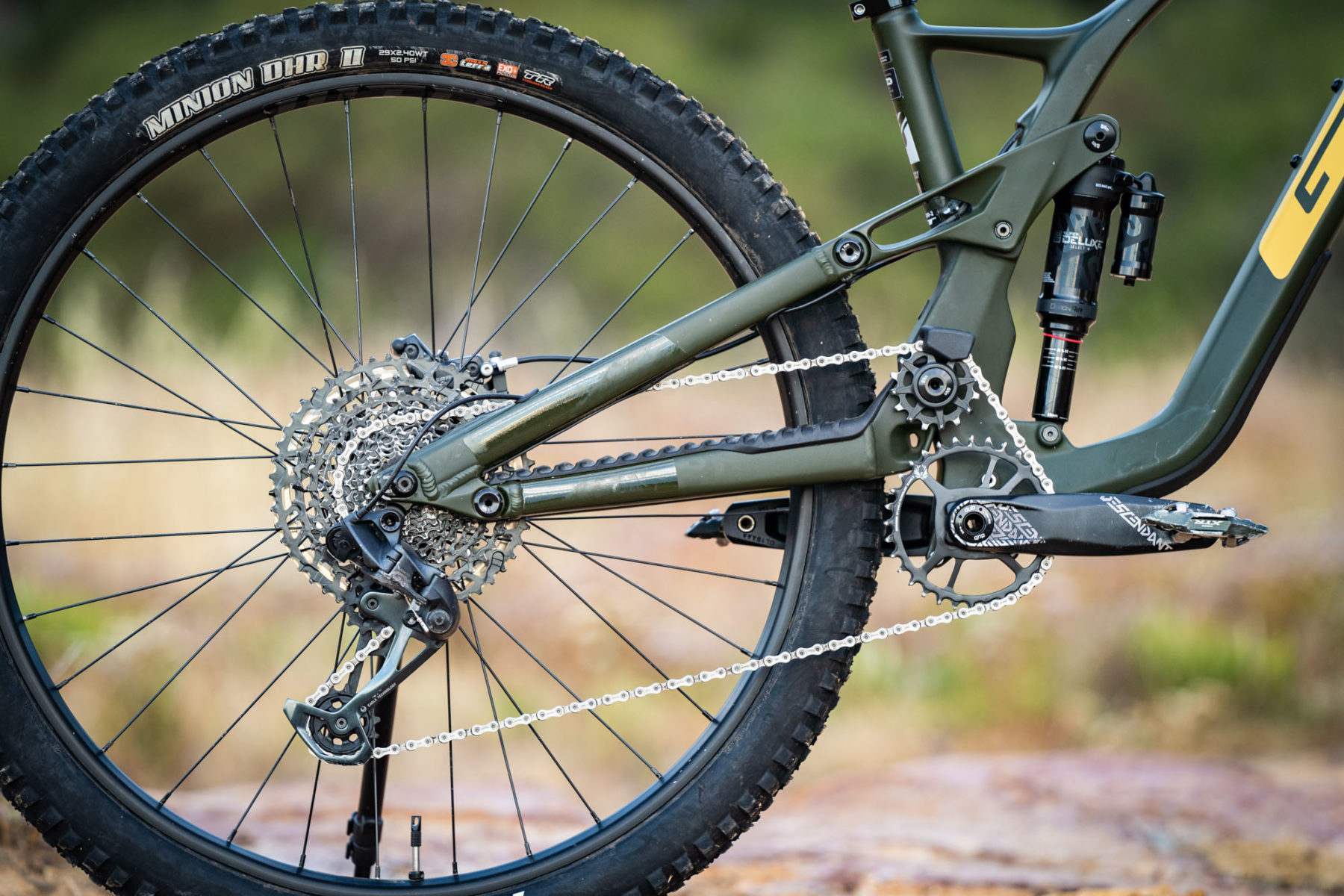
According to John Barreira, a product developer at GT Bicycles, a high pivot design is also about reducing pedal kickback. This is most commonly achieved by adding an idler pulley, which sits on or close to the main pivot. The chain is routed over the idler, mitigating the effects of chain growth as the rear wheel moves away from the bottom bracket. With negligible chain growth between the idler and cassette, it’s claimed the rider encounters less feedback through the drivetrain when pedalling through choppy terrain.
Do all high pivot bikes have an idler?
Most of them do, but not all. The aforementioned Orange 222 is one such example, and it was not known for neutral pedalling behaviour.
“Without an idler, a high pivot kinematic which is optimised for descending will pedal extremely poorly”, explains Vogelmann. “Why? Because every time you lay down a pedal stroke, the chain will tug on the suspension and extend it, creating a terrible case of pedal bob.”
So an idler of some sort is required to manage the poor pedalling performance right? Well, not necessarily.
GT Bicycles is one such brand that has produced high pivot bikes without an idler, instead coming up with a novel way to counter the chain growth issue. Indeed it’s worth pointing out here that GT has actually been on the high pivot bandwagon before, having championed the concept longer than pretty much anyone else with its i-Drive system, and more recently the AOS suspension design.
Both of these platforms utilised a high main pivot to improve square-edge compliance, but neither employed an idler pulley. Instead they utilised a floating bottom bracket that saw the crankset rotate rearwards to minimise chain growth. They were novel systems, and the later AOS design worked a treat. It was the complexity, weight and aesthetics however, which ultimately saw those designs fade away over time.
Thanks to its adoption of the idler pulley design though, GT has been able to return to the high pivot concept with its new Fury and Force, which employ a more conventional four-bar linkage that avoids the floating BB of old.
What are the advantages of a high pivot design?
Cannondale’s Vogelmann states that the key advantage for a high pivot system is the rearward axle path, “A rearward axle path is the best for bump absorption because it allows the rear wheel to get up, back and out of the way. The wheel moves backwards in the direction of the bump force.”
Barreira of GT concurs, “There’s much less of a tendency to get hung up which allows the rider to carry more speed and momentum.”

Certainly rock-swallowing performance has been the standout attribute of the high pivot bikes we’ve tested, including the Jekyll, Force and Range. On really rough and blown-out rock gardens, the way these bikes maintain speed is darn impressive. And it’s this square-edge compliance, combined with the slightly extending rear centre length that contributes to their impressive high-speed stability.
Furthermore, the use of an idler pulley reduces chain growth and feedback through the pedals.
“Utilising the idler and the high pivot allow us to separate suspension and drivetrain forces”, explains Barreira. “Without these forces acting against each other with the high pivot, we’re able to utilise a smoother suspension action that ultimately translates to a smoother ride on trail.”
A nifty side benefit of employing an idler is that you can swap to a different size chainring without affecting the suspension kinematics. Additionally, we’ve found these bikes to be quieter on the descents, with less noise due to the tightly-strung section of chain between the idler and cassette.
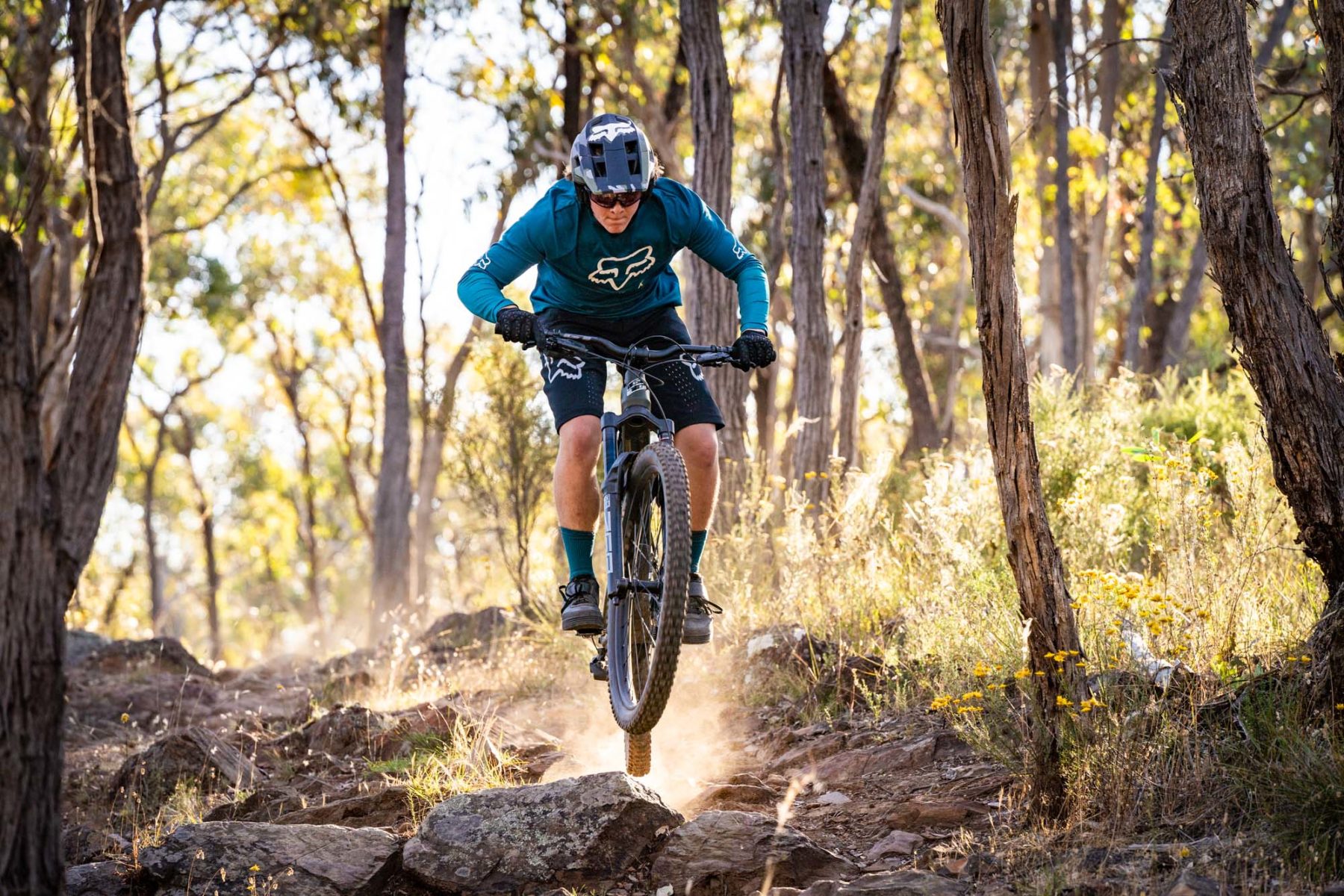
What are the disadvantages?
Compared to a conventional bike, there’s greater complexity and more moving parts on a high pivot bike. You’ll need a longer chain (sometimes two chains), which adds to the increased weight.
The idler also adds friction and noise, something that is more noticeable when climbing in the lower gears, especially if the conditions are wet or dusty. Here the shortened distance between the idler and cassette tends to exacerbate the angle that the chain is on in the biggest sprockets, especially with most of these modern enduro bikes moving to the wider 55mm chainline standard. The chain angle is less extreme on the Cannondale Jekyll, which offsets the rear hub outwards by an extra 3mm as part of its AI design. As such, the Jekyll is noticeably quieter in those lower gears compared to the GT Force.
Despite the noise, neither GT or Cannondale believe there is a significant increase in drag.

“The biggest misconception is that there are massive drivetrain losses in efficiency”, Vogelmann says. “That’s simply incorrect. Our testing shows less than 1% drivetrain loss on a semi-clean drivetrain. Idlers do make more noise than a bike without, mostly due to the extra contact for the chain and the fact that it’s another place for contamination. And as the idler wears, which it’s going to do because it’s part of the drivetrain, the noise will increase.”
For this reason both the Jekyll and Force make use of a steel idler pulley, which offers greater durability over an alloy equivalent. It’s recommended to replace the idler at the same time you’d replace a cassette. Unlike a cassette however, you will have to source the idler pulley from a GT/Cannondale dealer.
It also has to be said that all of that bump-swallowing performance doesn’t come for free. While a longer rear end does help with stability, it can come at the expense of agility. The bike may be more stuck to the ground and harder to weave through tight turns, especially if there’s a deep compression in the middle of a corner.

How high is too high?
The higher the pivot and the more rearward the axle path, the greater the change in your dynamic weight distribution. A more rearward axle path also results in more anti-rise, and that means the suspension has a tendency to compress and feel firmer under braking. As with anything to do with suspension kinematics, there are always tradeoffs.
“You can go too far”, explains Vogelmann. “With a very high pivot, your rear centre changes dramatically as you ride, leading to inconsistencies in your balance points. For example, when you hit a poppy jump or a big bump at one speed you will have to move your body a certain amount to make sure you remain in a safe riding position. But if you hit that same jump or bump at a different speed, your rear centre could be quite a bit different, meaning the amount you move your body will have to be different to make sure you remain balanced. Riders won’t always get that weight transfer right.”
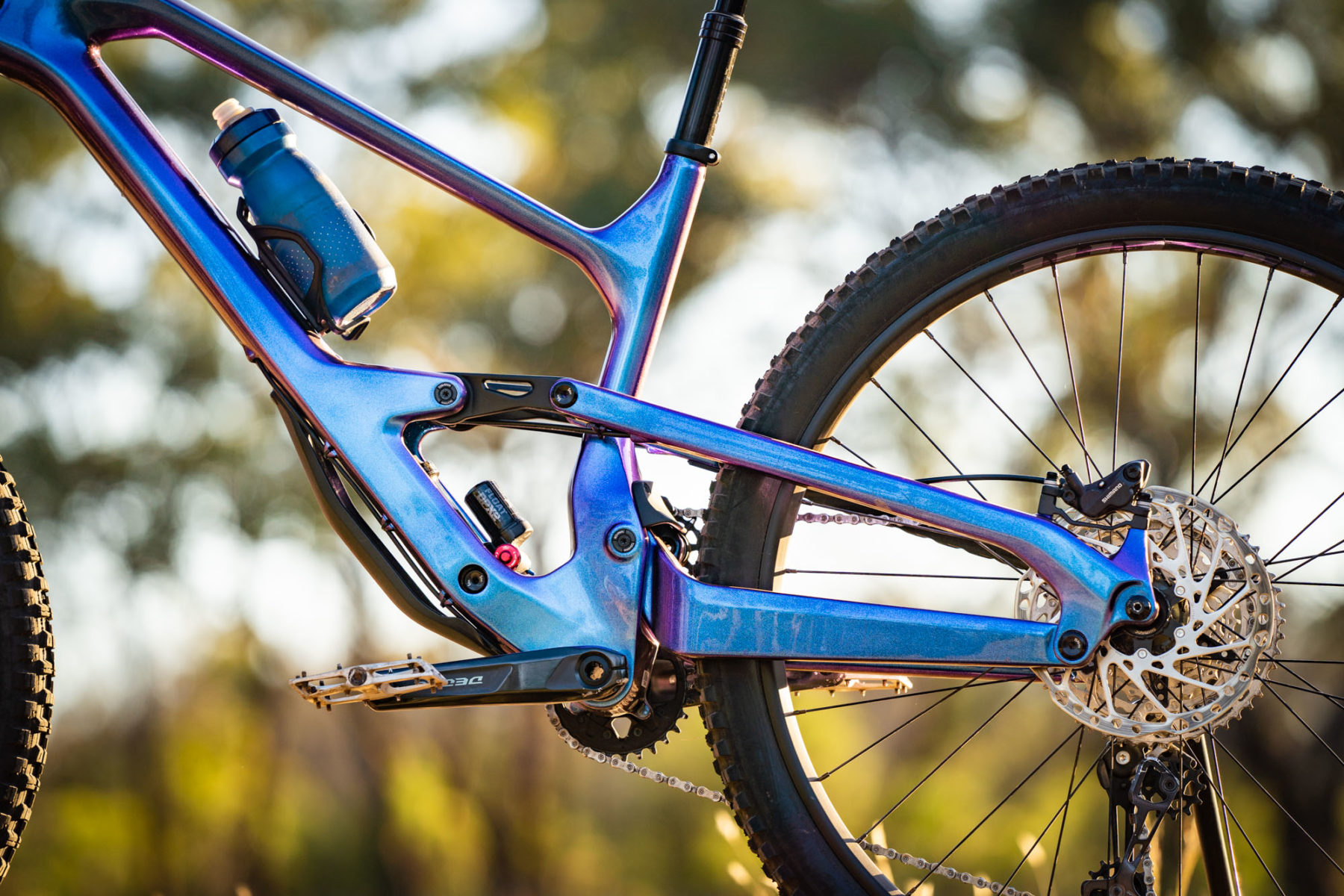
This goes someway to explaining why the Jekyll has a slightly lower main pivot compared to some of its competitors, like the Norco Range and Forbidden Dreadnought. As a result, the Jekyll’s rear wheel only moves back by a total of 12mm, and it actually comes forward slightly in the final third of the travel.
The idea here was to try and achieve some of that square-edge compliance that the high pivot design is known for, without sacrificing too much agility.
“We wanted consistency in any terrain, any speed, and any riding style and the way the Jekyll rides reflects that”, says Vogelmann.
Why are they becoming popular now?
Given that high pivot bikes have been around for a long time, what exactly has spurred on their recent resurgence?
From a commercial perspective, there’s the opportunity to develop a bike with a different-looking suspension design to your nearest competitor, which is admittedly getting harder to do these days.
There’s a bit more to it than that though, and Barreira suggests that a suite of newer technologies have helped to make the design more feasible than in the past.
“Larger wheels, 1x drivetrains, wider fitments, even all the way down to the kinematic software”, explains Barreira.

Vogelmann agrees. “The advantages of high pivot have been well understood for some time, but have always come with too many compromises – the suspension would work well for part of the ride, but be poor elsewhere. We have finally figured out how to create a kinematic that has all the bump gobbling goodness at high speed, but rides well in every situation – pedalling, braking, low angle, steeps, everything.”
There’s also an acknowledgement that now the design has been proven in downhill racing, that’s paved the way for it to be trickled down into shorter travel applications.
“We, amongst other brands, have had success on the World Cup scene with high pivots in recent years, and it makes sense to adapt the technology allowing the world’s fastest DH riders to win to our enduro platform”, says Barreira.
Where else will we see high pivot bikes?
It isn’t just in the enduro and downhill segments where the high pivot suspension design is finding favour.
We recently tested the Rocky Mountain Altitude Powerplay, which is a 160mm travel e-MTB that’s built around what the Canadian brand calls a ‘mid-high pivot’ suspension design. The design suits the nature of the Dyname motor unit, which employs a small drive gear that sits above the chainring and is independent of the crank spindle.
A high pivot design can also work with regular mid-drive motors. Eminent Cycles, a small US brand, has already built an e-MTB using a Shimano EP8 motor with a high pivot suspension design and idler pulley, and we’d be surprised if more brands weren’t investigating the concept right now.
However, Vogelmann suggests there’s a bit more to consider when incorporating a high pivot suspension design on an e-MTB.
“There are some significant technical challenges which need to be solved to deal with the extra torque”, he explains. “Because e-Bikes have so much extra power, perhaps it might be better to reduce the anti-squat values and rely on a unique shock tune to achieve the same bump absorption under power? Time will tell.”
And what about shorter travel trail bikes? Will we see more brands following the likes of the Forbidden Druid and Deviate Highlander? That was something Jono pontificated about in his Norco Range review, where he suggested a Sight built around the same VHP suspension design would be a very interesting proposition.
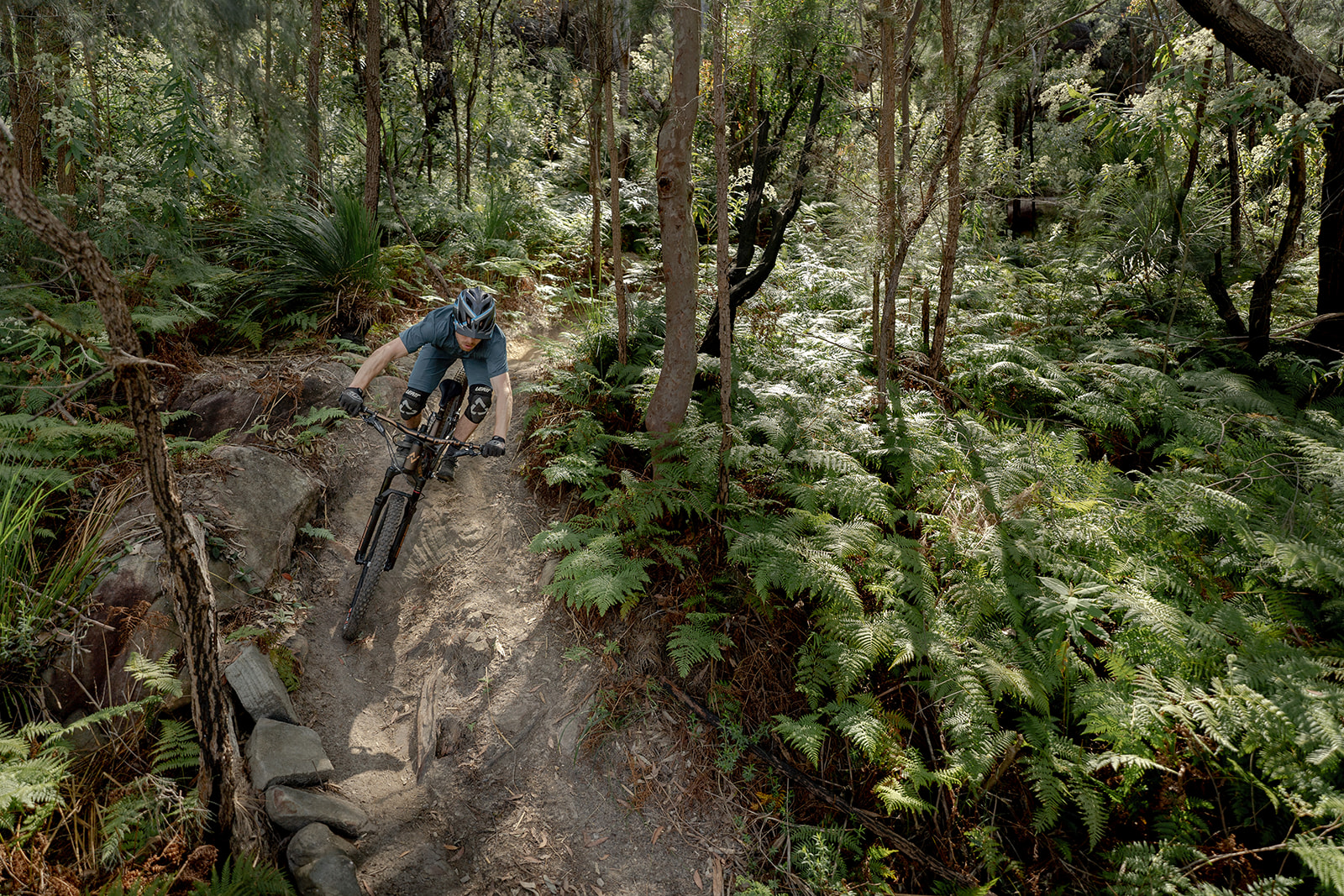
According to the responses we got out of GT and Cannondale, the reason we haven’t seen them yet is merely a question of development time.
“The resurgence of high pivots is fairly new in the marketplace. Do I think everyone will follow suit?” asks Barreira. “No. But there are some brands that are doing <140mm travel bikes and seem to have great success, so it would seem others would also look to do a similar offering. I wouldn’t necessarily rule it out.”
“I don’t think you will see XC bikes with high pivots and idlers any time soon”, says Vogelmann. “The bikes don’t have the travel or robustness to maximise the benefits of a hard charging kinematic. Regarding trail bikes, there are already some in the market. We will have to see as there are many expanding categories and rider demands in the MTB segment.”
Those are understandably cagey responses. But given the success of these new enduro bikes, we’d confidently bet that we’ll be seeing high pivot version of the Cannondale Habit and GT Sensor at some point in the future.

Flow’s Take
It would be easy to dismiss the industry’s latest obsession with high pivot bikes as merely a marketing-led tactic. Having tested a variety of these modern idler-equipped bikes however, we can say that they do indeed offer a unique ride quality with some notable advantages. They gobble up rock gardens with fierce tenacity, and they offer impressive stability that gives them a surefooted feel at high speed. The neutral pedalling performance up choppy climbs is similarly impressive.
The idler pulley aesthetics may not be to everyone’s tastes, and the added noise when climbing will be a turnoff to riders who are sensitive to noise. In our experience, keeping the drivetrain clean and the chain lubricated goes a long way to keeping that noise to a minimum.
And while bikes with a very high pivot will obliterate square-edge hits, the extending wheelbase can have a detrimental impact to cornering performance on tighter and more technical trails. After all, suspension kinematics are all about compromise, and there is no perfect solution for every rider and every trail. Indeed it’s this balance between square-edge compliance, small-bump comfort, stability, pedalling efficiency, braking performance and agility that needs to be considered in any suspension design, regardless of how high the main pivot sits.
In the case of these new high pivot enduro bikes we’ve tested, there’s a lot to be impressed by. And that leaves us particularly intrigued to see where the design will go in the future.
